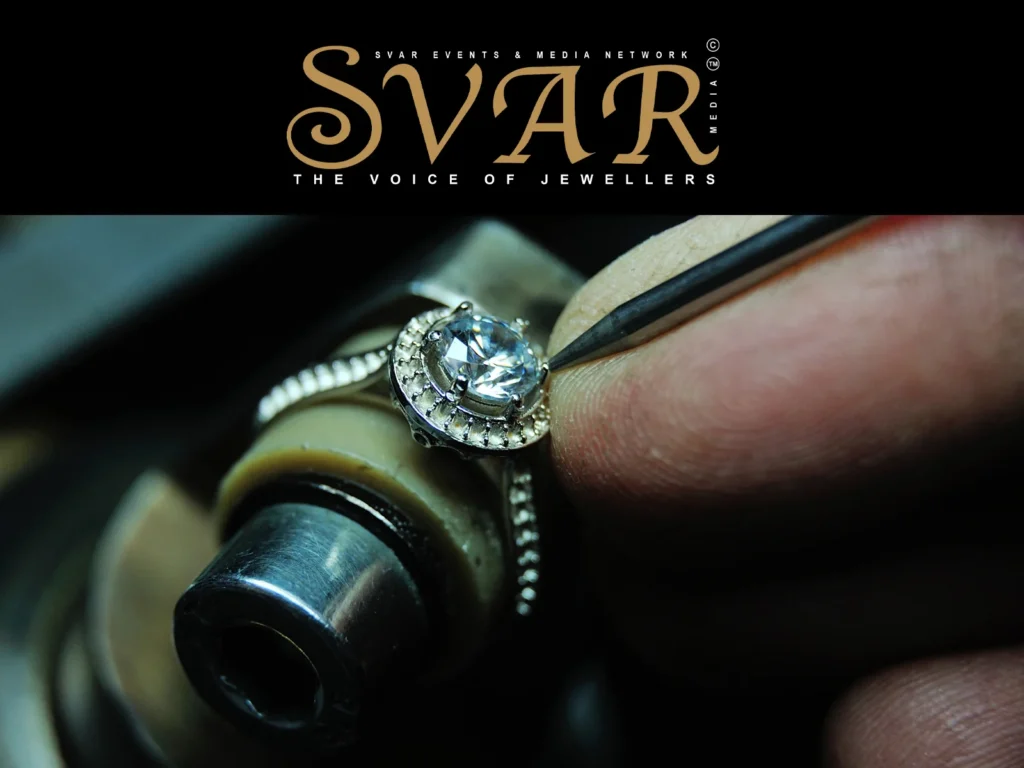BEHIND THE SCENES: HOW A JEWELLERY COLLECTION IS CREATED
25th August 2024
Designing a Jewellery Collection is an artistic amalgamation of creativity, expertise and proficiency. The process from advice to the end product is a lengthy one and it consists of stages, each necessary for reaching what was imagined by the designer. Here in this blog, we are going to let you have a sneak-peak into the interesting world of how one goes about designing and creating her/his own jewellery collection.

The Part of Creating an Idea
All jewellery collections start with a hint of inspiration going off. Designers read design inspirations from around them—nature, architecture, art and sometimes even personal. Stage 1: If you have a topic, start brainstorming on the different themes which correlate with your target audience. These ideas are visualised through mood boards, sketches and digital renderings.
Market Research on the Latest Trends in Demand and Preferences of Customers.
Knowing the industry trends and consumer preferences that keep on changing, is also equally important if not more. Designers do the due diligence and surface facts about what competitors are up to, as well check for popular trends that emerge from them all. That makes sure not only that the collection is creative, but also commercially sellable.
Bring Your Idea to Paper with a Sketch or Design
Next, the designers sketch. These sketches are the basis for the whole collection. Designers might create dozens of versions of one piece, playing with limitless shapes and sizes using different materials. This is the digital age — however, so many designers rely on Computer-Aided Design (CAD) software to express their jewellery designs with 3D models that provide an accurate and detailed representation.
Turning to Materials – the Essence of a Collection
Your choice of materials will be essential when it comes to making the jewellery. Gold, silver, platinum or gemstones — should tailor materials to design aesthetics and functionality. Working closely with expert gemologists and materials specialists, designers ensure the chosen material is of top quality and ethically sourced.
Design Prototyping: From Idea to Reality
The following stage is diligent work, where the designs are transformed into prototypes. This provides the means to view how the parts are read in real life. Prototypes are used to iterate on designs using cheaper materials before manufacturing a final version. Modifications are made to the chosen style so that the final product lives up to what is already set and envisioned.
Crafting: The Artisan’s Touch
After getting the prototype approved, crafting the final design starts. Tasks executed by skilled artisans, either manually or with sophisticated equipment are carefully done for each and every piece. Some of these phases include techniques found in casting, engraving and stone setting as well as polishing. This is where the skilled craftsmanship that goes into each piece comes to life, giving more meaning and depth to our collection.
Quality Control – Perfection ensured!
The main non-negotiable part of creating jewellery is quality control. Each item is passed through stringent tests to ensure that it meets the necessary industry standards for construction, finish and safety. It is an essential part of a brand-building cycle for the reputation and to keep your customers happy.
Bringing It to Market: Launch the Collection
Finally, we were ready to launch the jewellery collection. It includes more traditional things, like POS and online promotions. To introduce the new range effectively to its target audience, designers often engage with influencers and stylists in order to give it visibility by creating buzz about it.
Conclusion
This behind-the-scenes journey not only reveals the craftsmanship that goes into each breath of a jewellery collection, but perhaps more telling we get to witness the arduous steps in place to confirm every piece is actually an item of art. This backstory means that all of the dedication, craftsmanship, and creativity needed in creating their most loved pieces are what make customers better understand this journey.




